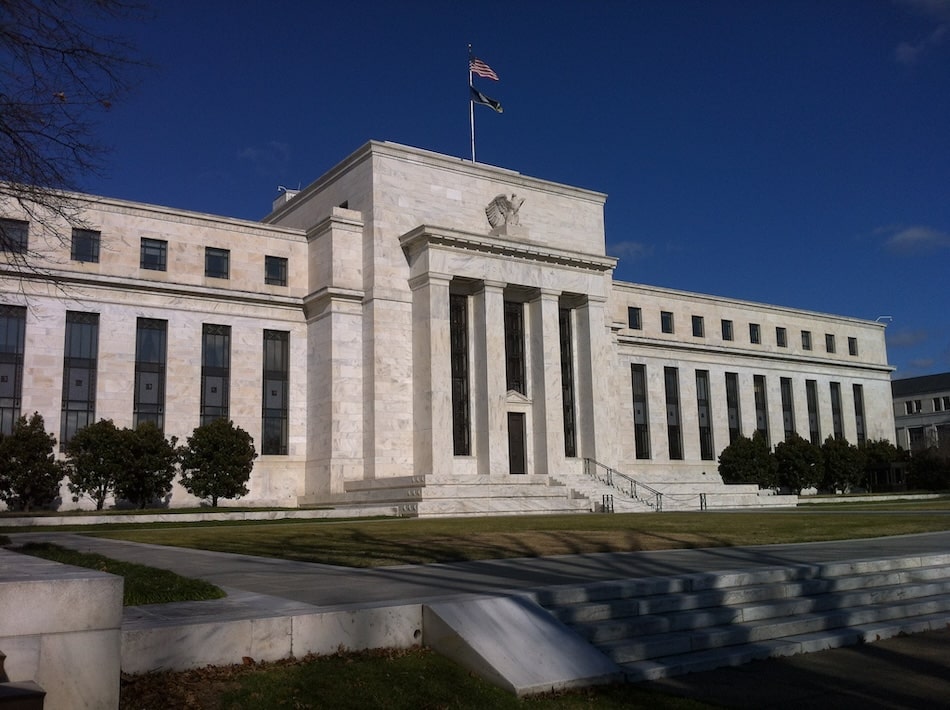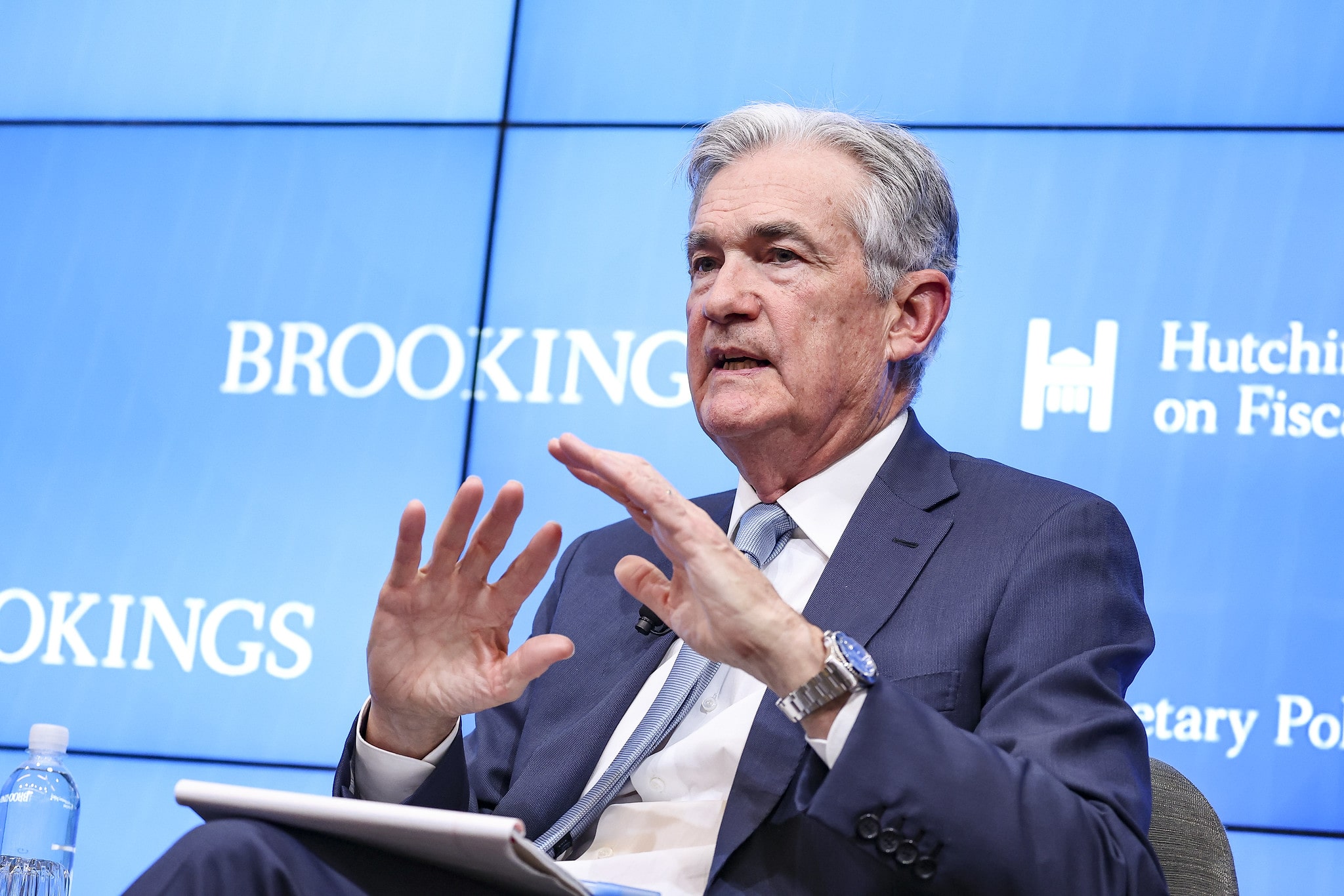
The Federal Reserve announced a 25 basis point rate cut and signaled its balance-sheet runoff—quantitative tightening (QT)—may soon conclude, which analysts suggest could have a greater impact on Bitcoin than the rate change itself.
Liquidity emerges as main focus
With the Fed’s overnight reverse repo facility nearly depleted at $14 billion, further QT operations will now directly reduce bank reserves.
This shift means that any adjustments to QT can significantly influence market liquidity, real yields, and the strength of the dollar—factors closely linked to Bitcoin’s performance.
The central bank’s balance sheet has contracted from its $9 trillion peak to approximately $6.6 trillion, and system reserves now total around $3 trillion.
Forward guidance outweighs rate cuts
Fed Chair Jerome Powell emphasized that monetary policy is now “sufficiently restrictive” and that the central bank is prepared to adjust QT to maintain “ample reserves.”
According to research, long-term real yields and risk asset demand are more affected by the Fed’s guidance and balance-sheet policy than by the policy rate itself.
This dynamic is particularly relevant for Bitcoin, as lower real yields and a weaker dollar can encourage inflows into spot Bitcoin ETFs.
Market reaction and ETF flows
Historically, previous rate cuts have resulted in softer real yields and a weaker dollar, often followed by increased ETF creations within 48 hours.
With real yields and the dollar both easing after this latest move, traders are watching for a repeat of this pattern by the week’s end.
Cryptoslate states:
“That’s the channel Bitcoin trades: not the nominal funds rate, but whether system reserves are rising or shrinking.”



